Table of content
Zongzi, a beloved traditional Chinese dish, holds a cherished place in culinary history, particularly during the Dragon Boat Festival. These pyramid-shaped dumplings, crafted from glutinous rice and an array of fillings like red bean paste, salted egg yolk, or marinated pork, are wrapped in bamboo or reed leaves and steamed or boiled to perfection. While fresh zongzi are a seasonal delight, modern lifestyles and the desire for convenience have popularized frozen varieties, allowing enthusiasts to enjoy this treat year-round. However, cooking frozen zongzi requires precision to achieve the ideal texture and flavor. The critical question remains: When should frozen zongzi be added to the pot? This article delves into the science, techniques, and cultural insights behind cooking frozen zongzi, ensuring your next batch is tender, aromatic, and utterly delicious.
The Science of Freezing and Cooking Zongzi
Freezing zongzi is a preservation method that halts microbial activity and enzyme reactions, extending shelf life without compromising taste. However, the freezing process forms ice crystals within the rice and fillings, which can alter texture if not handled correctly. The key to reviving frozen zongzi lies in understanding thermal dynamics—how heat penetrates the food to thaw and cook it evenly.
When cooking frozen zongzi, timing is paramount. Adding them too early or too late can result in uneven cooking, with outer layers becoming mushy while the center remains icy. Conversely, precise timing ensures the ice crystals melt gradually, allowing the rice and fillings to rehydrate and cook uniformly.
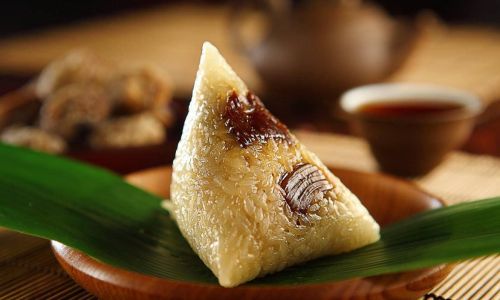
The Debate: Cold Water vs. Boiling Water
A common dilemma among home cooks is whether to place frozen zongzi directly into boiling water or start with cold water. Let’s dissect both methods:
-
Boiling Water Method:
Proponents argue that boiling water jumpstarts cooking, reducing overall time. However, dropping frozen zongzi into rapidly boiling water can shock the exterior, causing the leaves to split or the rice to become waterlogged. The sudden temperature change may also create uneven cooking, with the outside overcooking before the center thaws. -
Cold Water Method:
This approach involves submerging frozen zongzi in cold water and gradually heating the pot. As the water warms, the ice crystals melt slowly, allowing the zongzi to thaw and cook evenly. While this method takes slightly longer, it preserves texture and prevents leaf breakage.
Verdict: The cold water method is superior for frozen zongzi, ensuring gentle, even cooking.
Step-by-Step Guide to Cooking Frozen Zongzi
Preparing the Pot and Water
- Pot Size: Use a large, deep pot to accommodate multiple zongzi without overcrowding. A 6-quart pot is ideal for 4–6 medium-sized dumplings.
- Water Volume: Fill the pot with enough water to submerge the zongzi completely. As a rule of thumb, add 2 inches of water above the dumplings.
- Salt Addition: Some chefs add a pinch of salt to the water to enhance flavor, though this is optional.
Adding Frozen Zongzi to Cold Water
- Gently place the frozen zongzi into the pot. Avoid stacking; ensure each dumpling has ample space.
- Turn on the stove to medium-high heat. Allow the water to gradually warm.
Monitoring the Boil
- As the water approaches a simmer (not a rolling boil), reduce the heat to low. Maintain a gentle simmer to prevent the zongzi from bumping into each other or the pot’s sides.
- Why Not a Rolling Boil?: Vigorous boiling can cause the zongzi to collide, damaging the leaves and releasing starch into the water, leading to stickiness.
Cooking Time
- Medium Zongzi (100–150g): Simmer for 25–30 minutes.
- Large Zongzi (200g+): Simmer for 35–45 minutes.
- Testing Doneness: Carefully remove one zongzi using tongs. Gently press the center; if it feels soft and the rice adheres to the leaves, it’s ready. Alternatively, unwrap a corner to check for uniform texture.
Resting Period
- Once cooked, remove the zongzi from the pot and let them rest for 5 minutes. This allows residual heat to distribute evenly, ensuring the center is fully cooked.
Common Mistakes to Avoid
-
Using Insufficient Water:
If the pot lacks adequate water, the zongzi may stick to the bottom or cook unevenly. Always ensure complete submersion. -
Overcrowding the Pot:
Crowding lowers the water temperature, extending cooking time and risking uneven results. Cook in batches if necessary.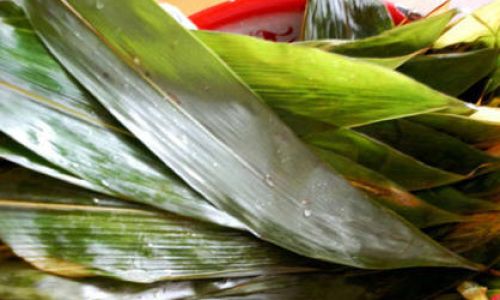
-
Skipping the Resting Period:
Immediate serving after cooking can lead to a gummy texture. Resting ensures moisture equilibrium. -
Thawing Before Cooking:
Thawing frozen zongzi at room temperature invites bacterial growth and alters texture. Cook directly from frozen.
Advanced Tips for Perfect Zongzi
- Leaf Quality: Fresh bamboo or reed leaves yield superior flavor. If using dried leaves, soak them overnight before wrapping.
- Filling Variations: Meat-filled zongzi may require longer cooking to ensure the pork is tender. Add 5–10 minutes to the simmering time.
- Altitude Adjustments: At high elevations, water boils at lower temperatures. Increase cooking time by 10–15% to compensate.
- Reheating Leftovers: Store cooked zongzi in the refrigerator for up to 3 days. Reheat by steaming for 10–15 minutes or microwaving with a damp paper towel to retain moisture.
Cultural Significance and Modern Adaptations
Zongzi’s origins trace back over 2,000 years to the patriotic poet Qu Yuan, whose death inspired locals to toss rice-filled dumplings into the river to prevent fish from eating his body. Today, zongzi symbolizes unity and heritage, with families gathering to wrap dumplings in intricate designs.
Modern adaptations reflect global tastes, with innovations like chocolate-filled sweet zongzi or vegan options using mushrooms and nuts. Freezing technology has democratized access, allowing overseas communities to savor this tradition without seasonal constraints.
Troubleshooting Guide
| Issue | Cause | Solution |
|---|---|---|
| Soggy Texture | Overcooking or insufficient draining | Reduce cooking time by 5 minutes. Pat dry before serving. |
| Undercooked Center | Inadequate simmering time | Extend cooking in 5-minute increments. |
| Torn Leaves | Aggressive boiling or poor wrapping | Use the cold water method. Secure leaves tightly before freezing. |
| Dry Rice | Overcooking or low water level | Maintain water above zongzi. Add a splash more if evaporation occurs. |
Conclusion: Timing Is Everything
Cooking frozen zongzi is an exercise in patience and precision. By adding them to cold water and simmering gently, you honor the centuries-old tradition while ensuring a culinary masterpiece. Whether enjoyed during the Dragon Boat Festival or a cozy weeknight dinner, perfectly cooked zongzi bridges generations and cultures. So, the next time you unwrap a frozen dumpling, remember: the journey from freezer to table is a delicate dance of heat and time. Master it, and you’ll be rewarded with a bite of history, wrapped in warmth and flavor.
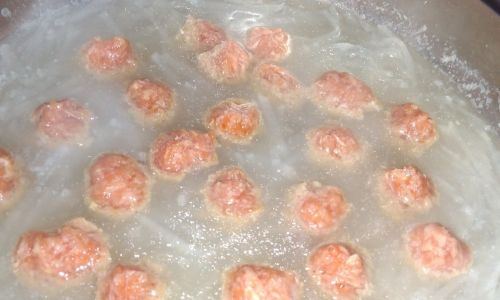
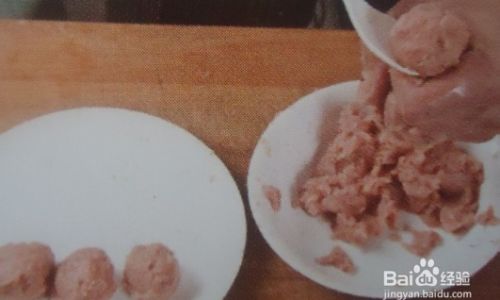
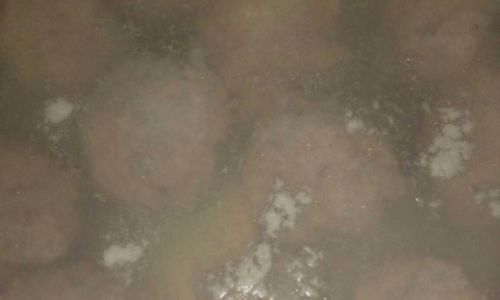



0 comments